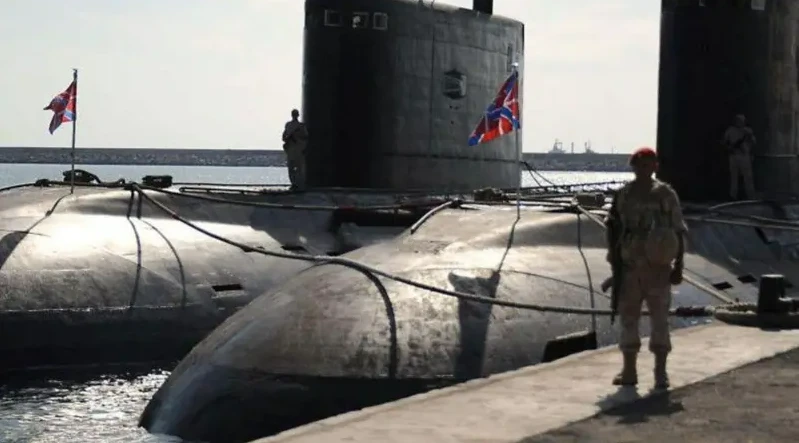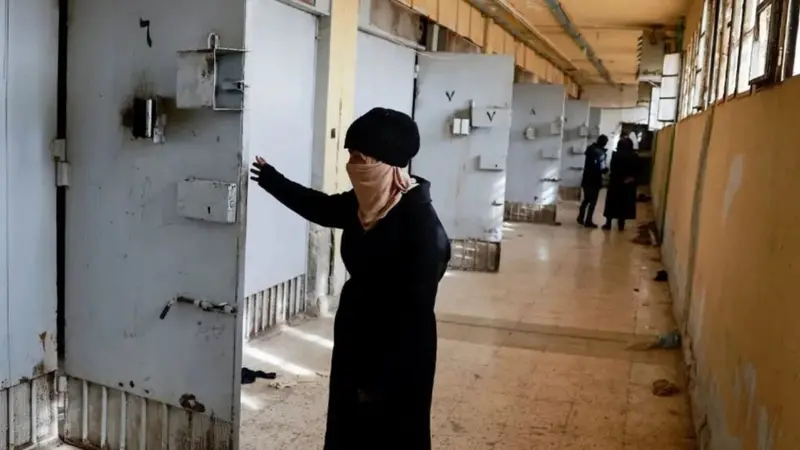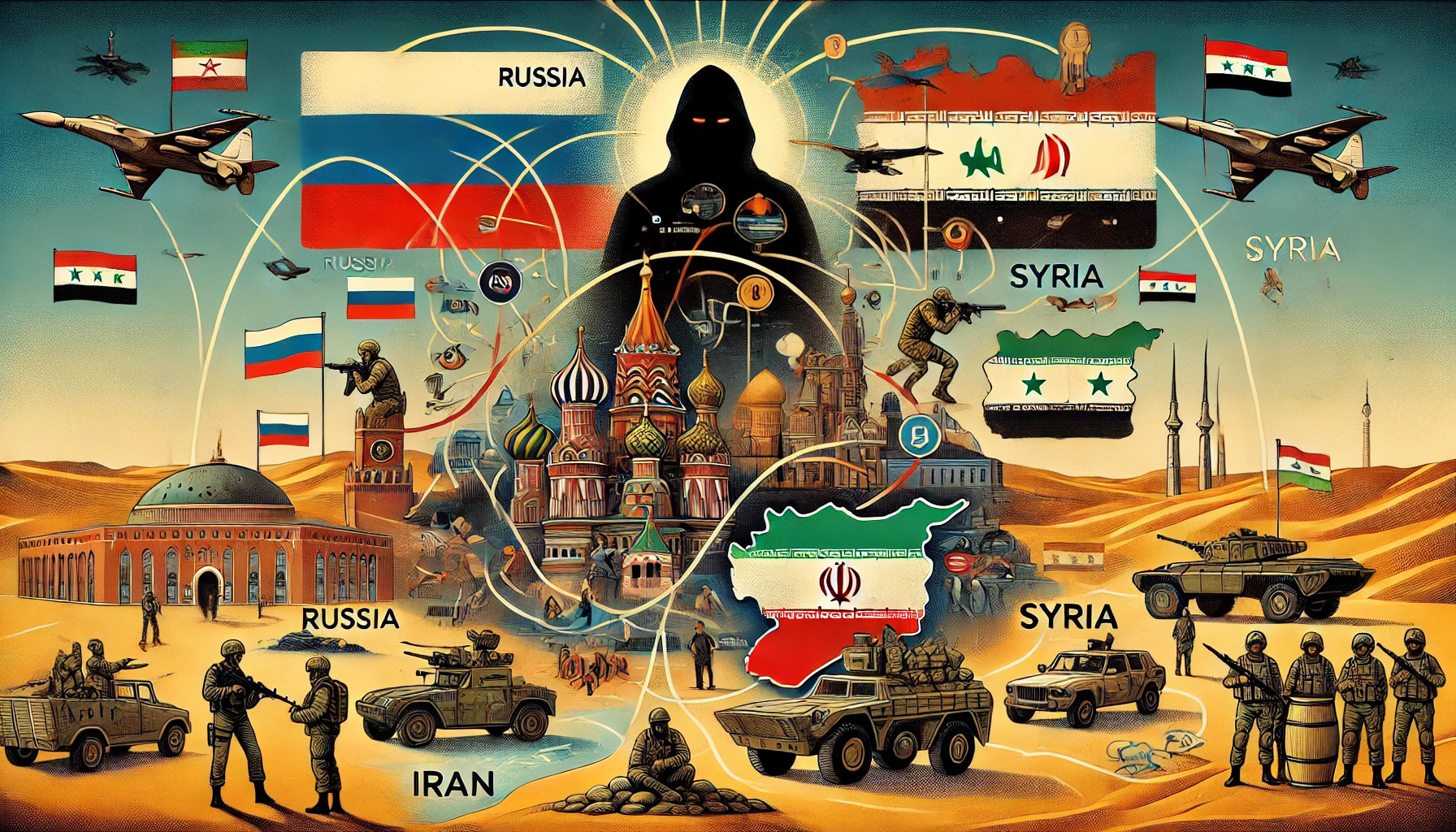What is happening in northwest Syria now?
Rebel forces have launched their biggest offensive against the Syrian government in years.
They have captured significant territory in the country’s northwest, including most of the city of Aleppo, after the sudden collapse of Syrian military forces.
The rebels then advanced south to take the city of Hama, and then Homs.”
Reports suggest that local militants, based in the south of the country, near the border with Jordan, have reportedly seized much of the Deraa region, which was the birthplace of the uprising against President Bashar al-Assad in 2011.
What are the roots of the Syria conflict?”
A peaceful anti-Assad movement in 2011 turned into a full-blown civil war, devastating the country and drawing in regional and international forces.”
More than half a million people have been killed, and 12 million displaced from their homes; five million of them are refugees or asylum seekers abroad.
Before the recent rebel offensive, the war seemed to be ending after the government of President Bashar al-Assad regained control of cities with the help of Russia, Iran, and Iran-backed groups.
However, large swaths of the country remain outside government control.
These include areas in the north and east governed by a Kurdish-led coalition of armed groups supported by the United States.
The last opposition stronghold lies in the northwestern regions of Aleppo and Idlib, bordering Turkey, home to more than four million people, many of whom have been displaced.
The northwestern part is controlled by the Islamist group Hayat Tahrir al-Sham (HTS), and present in the area, too, are Turkey-backed rebel factions known as the Syrian National Army (SNA), which hold sway with the support of Turkish military forces.
Who is Hayat Tahrir al-Sham?
Hayat Tahrir al-Sham (HTS) was first formed in 2011 under the name Jabhat al-Nusra, with direct links to al-Qaeda.
Abu Bakr al-Baghdadi, the leader of the self-proclaimed Islamic State, or IS, was also a founder.
This group is considered one of the most energetic and dangerous forces opposing President Bashar al-Assad.
However, it is their jihadist philosophy that has been the primary driving force, rather than revolutionary activism, which has separated them from the broader Free Syrian Army coalition affiliated with the Syrian opposition.
In the year 2016, the leader of the group, Abu Mohammad al-Jawlani, made a public declaration regarding their separation from al-Qaeda, subsequently renaming Jabhat al-Nusra to Hayat Tahrir al-Sham. In the years that followed, numerous comparable factions allied with them.
HTS consolidated its position in the Idlib and Aleppo provinces through the dissolution of other groups that consisted of cells belonging to al-Qaeda and the Islamic State (IS). They established a self-called “Syrian Salvation Government” that has been administering their controlled territories.
The main goal of HTS is to overthrow Assad and replace his government with some sort of Islamic-style administration.
However, there has been little indication so far that serious fighting has resumed or that the rebels have significantly regrouped against Assad’s forces.






